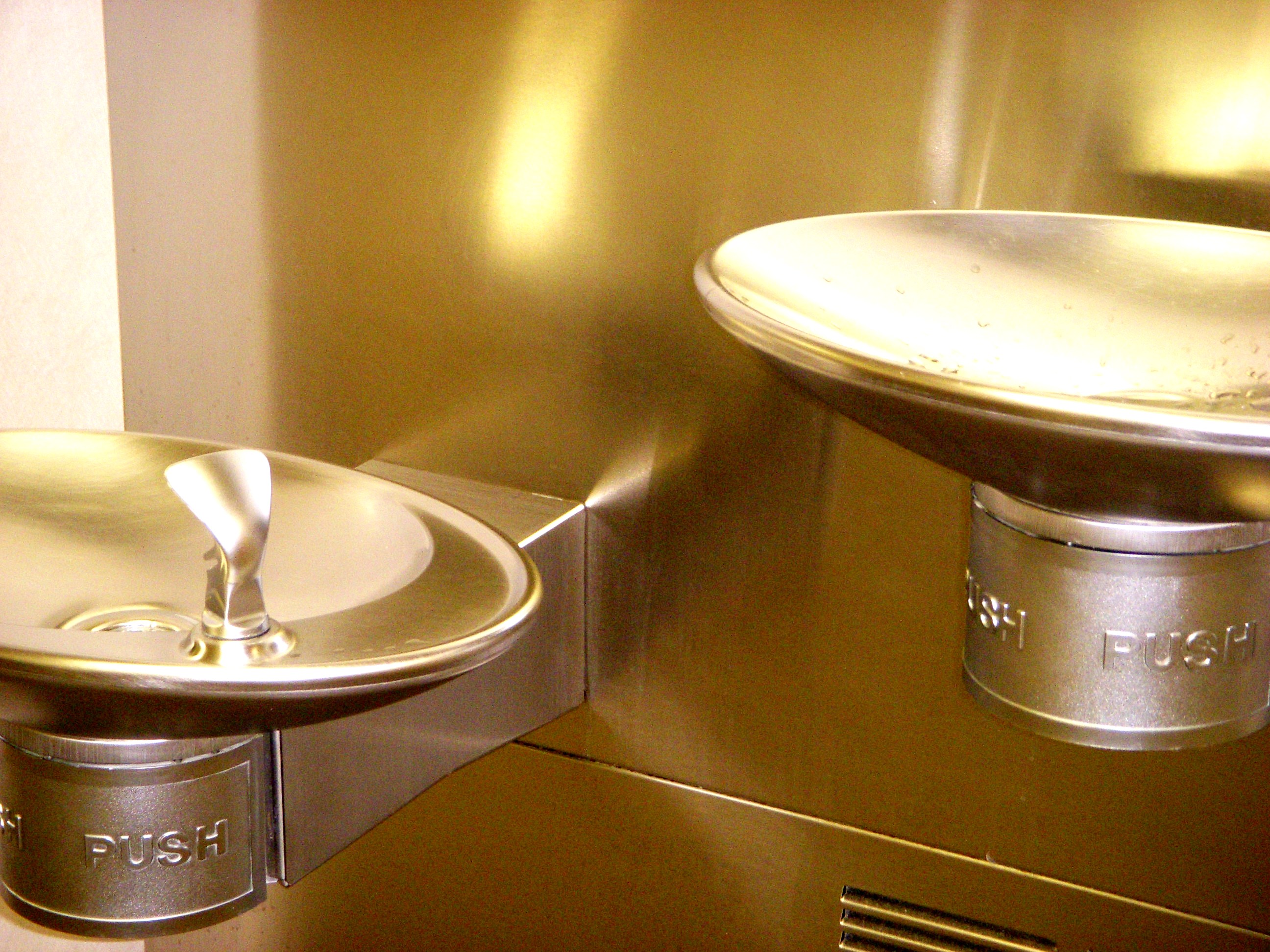Americans now drink more bottled water than milk or even beer. Just let that fact sink in. So if a person were to drink the recommended 8 glasses a day, they would need to spend $1,000 to $3,000 on bottled water a year. This unnecessary expense could be completely erased by answering one simple question: What happened to the public water fountain?
Older generations may hold fond memories of water fountains while their kids or grandkids have been taught to see this harmless appliance as a last resort approach to obtaining drinking water. Now-a-days, a number of public water fountains lay either broken or dirty due to neglect from the city and its inhabitants.
For the first century of its existence, water fountains were a staple to any community. However, as of 2015, the International Plumbing Code stated that the drinking fountain recommendations for each building are half of what they used to be. While this may be bad news for the general public, municipalities aren’t quite complaining as a new fountain costs anywhere from $300 to $4,500 to install. In fact, a water fountain is often the first to go when costs have to be cut from the city’s budget.
The downhill journey of the public water fountain is a blur of increased awareness of environmentalism, bad publicity, and advertising campaigns that convinced people that bottled water is safer and ‘cooler’. Now, nearly decades later, it seems people are realizing that bottled water is not any safer than tap water. Both tap and bottled water are held to different standards when it comes to testing potential contaminants and it is time people became aware of this.
As we all know, bottled water is expensive, not as accessible as a water fountain and very bad for the environment. It’s only fitting that we at least attempt to change the bad reputation that tap water itself has earned the past few decades. With newfound efforts of the public to bring back the installation and maintenance of water fountains, municipalities will be expected to go elsewhere for a scapegoat to cutting costs for the city. Let’s just hope city planners are prepared to budget appropriately.

